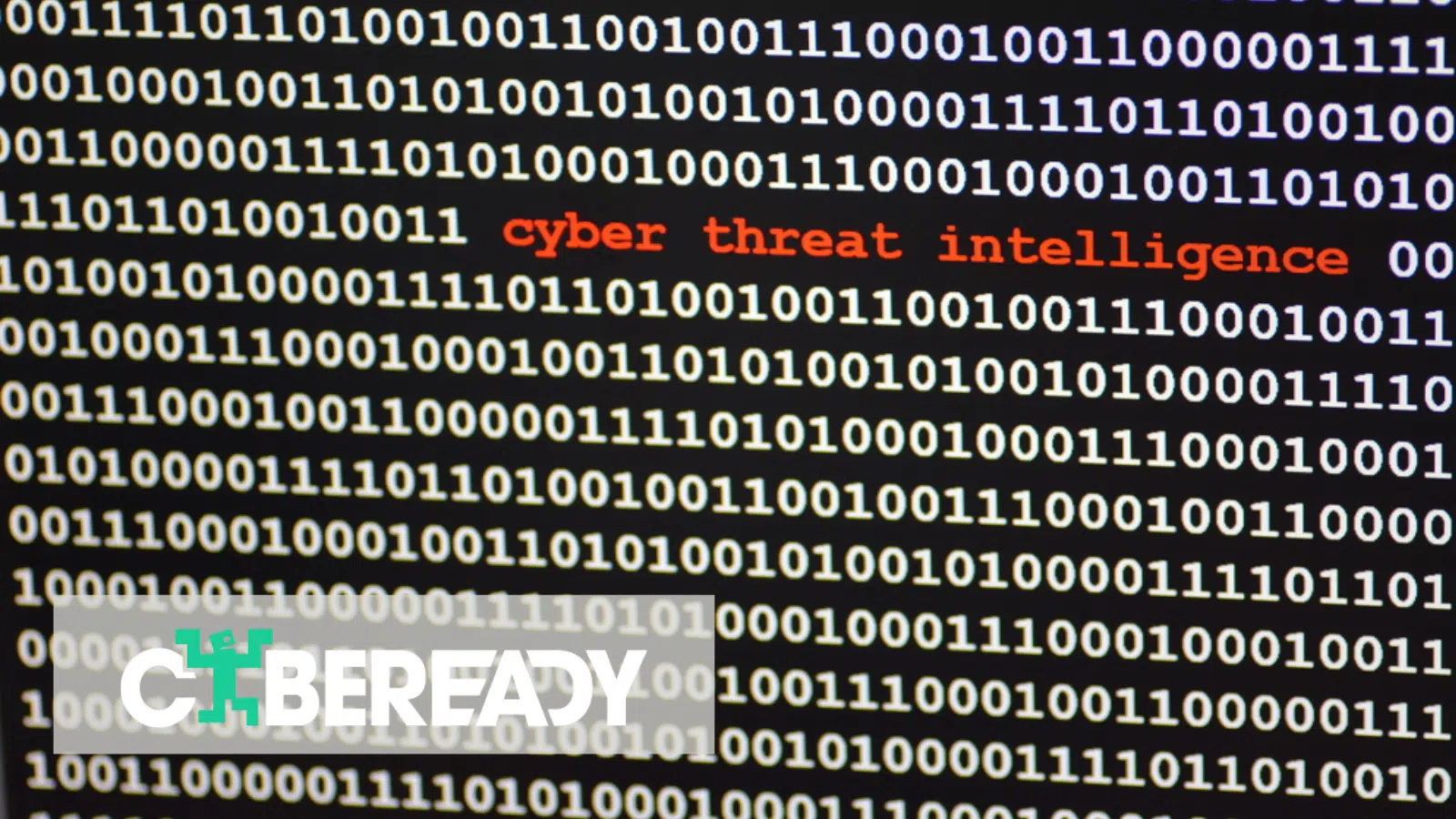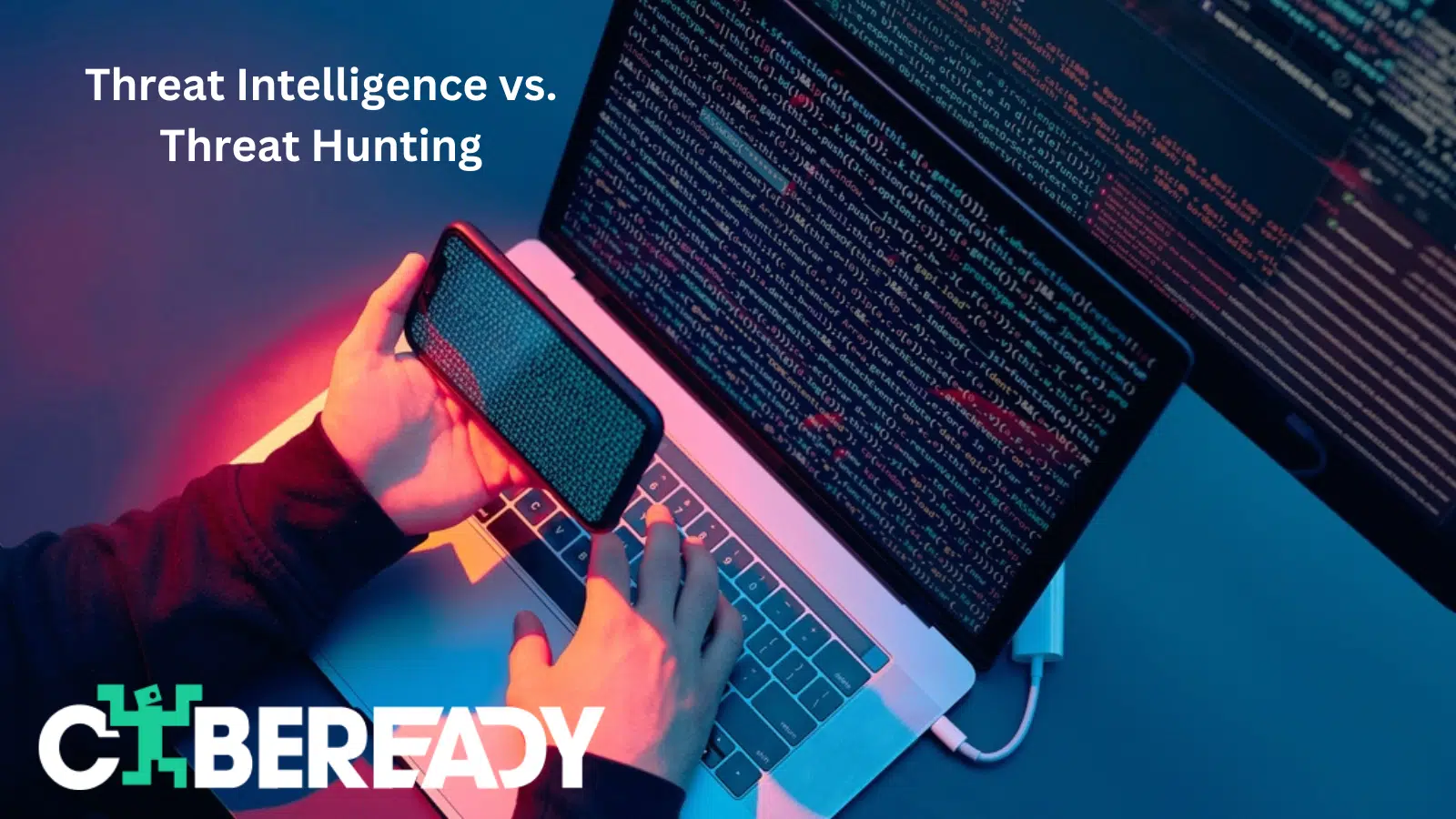“The best defense is a good offense.” This quote, often attributed to legendary NFL football coach Vince Lombardi, is relevant more than ever to cybersecurity. As cyber threats increase in number and sophistication, being proactive is becoming crucial in cybersecurity management. Since you can’t effectively manage offense without knowing what threats you need to handle, threat intelligence has become a focal point of proactive cybersecurity strategy. It’s time to get ahead in the game.
Threat intelligence is the process of gathering, analyzing, and disseminating information about potential security threats to better understand and protect against them. As the global cost of cybercrime is expected to rise from $8.44 trillion in 2022 to $23.84 trillion by 2027, adopting a proactive approach that utilizes threat intelligence can ensure your organization effectively protects itself from the ever-evolving landscape of security threats. Moreover, by staying up-to-date on the latest threats and vulnerabilities, organizations can take steps to prevent or mitigate the impact of attacks before they happen.
In this post, we will:
- Discuss the role of threat intelligence
- Explain who threat intelligence is for
- Clarify the difference between threat intelligence and threat hunting
- Discuss 6 essentials every threat intelligence team should have
The Role of Threat Intelligence
Threat intelligence refers to an organization’s information about potential threats to its security, including the motivations, tactics, techniques, and procedures of attackers. This information can come from various sources, including internal and external data, open-source intelligence, industry reports, etc.
Knowing the attacker can help organizations better understand their potential cyber risks and develop more effective strategies for protecting themselves. For example, understanding an attacker’s motivations can help an organization identify potential targets and prioritize its efforts to protect against attacks. Similarly, understanding an attacker’s tactics, techniques, and technological capabilities, can help an organization identify potential weaknesses in its defenses and take steps to address those weaknesses.
Security teams can use threat intelligence to develop incident response plans, which outline the steps an organization should take in the event of a security breach. Such a process can include identifying the appropriate response to different attack types, such as data breaches, denial of service attacks, and malware infections, and identifying the proper resources and personnel needed to respond to those attacks.
Overall, threat intelligence plays a critical role in helping organizations understand and defend against potential security threats and minimize the impact of those threats when they occur. By better understanding the motivations, tactics, techniques, and technology of attackers, organizations can take more informed and effective action to protect themselves and their assets. For example, building customized cybersecurity training programs, optimizing resource use, choosing the best and most appropriate security tools, etc.
Who is threat intelligence for?
Every security role can benefit from threat intelligence. It’s increasingly common for intelligence to be shared and utilized across the organization, but it’s essential to security departments.
Here are some examples of how security and risk professionals, teams, and managers, can use threat intelligence:
- Network administrators – identify and block malicious traffic and secure their networks by addressing vulnerabilities before attackers exploit them.
- Security analysts – recognize and track threats, assess their impact, and develop appropriate countermeasures.
- Incident responders – locate the source and nature of an attack and develop a response plan.
- Risk managers – identify and assess the potential risks to the organization and develop risk mitigation strategies.
- Vulnerability management teams – map and prioritize vulnerabilities.
- Cybersecurity managers and Information security officers – prioritize resources, allocate budgets, build and manage SOC (Security Operations Center), develop and implement security policies and procedures, and ensure compliance with relevant regulations.
- Chief Information Security Officers (CISO) – make informed strategic security decisions and allocate resources to the most critical areas.
Threat Intelligence vs. Threat Hunting
Threat intelligence is gathering and analyzing information about potential cyber threats. It involves collecting data from various sources, including social media, open-source intelligence, and proprietary intelligence feeds, and using it to identify patterns and trends that can help organizations better understand their potential risks. Today threat intelligence is primarily collected and analyzed by automated tools using machine learning and AI.
When threat intelligence ends, threat hunting begins – the proactive process of actively searching for and identifying potential threats within an organization’s systems and networks, using threat intelligence and threat indicators. Threat hunting combines human expertise and advanced technologies to identify and track suspicious activity and to take action to mitigate or eliminate the threat.
There are two key differences between the processes:
- Focus – threat intelligence is focused on gathering and analyzing information about potential threats. In contrast, threat hunting focuses on actively searching for and identifying those threats within an organization’s systems and networks.
- Timing – threat intelligence is typically focused on long-term trends and patterns, whereas threat hunting focuses on identifying and addressing immediate threats as they arise.
Overall, threat intelligence and threat hunting are essential for helping organizations stay ahead of potential cyber threats, but they serve different purposes and involve different approaches. Threat intelligence helps organizations understand the broader threat landscape and prepare, while threat hunting helps organizations identify and respond to immediate threats detected in their systems.
6 Essentials Every Threat Intelligence Team Should Have
1. Establish an intelligence priorities framework
Since the data gathered by threat intelligence is vast and diversified, it is vital to begin the process by prioritizing the needed information.
Map critical assets and vulnerabilities, and assess the risks to those assets while identifying intelligence gaps. The organization should define its intelligence priorities by identifying the specific types of intelligence it needs to collect and analyze to effectively manage those risks and vulnerabilities. This may include information about particular threat actors, vulnerabilities, or trends in the threat landscape.
2. Consider an ‘outside-in’ approach
More and more of our activity is online and remote, such as remote work and cloud services, which results in an ever-increasing attack surface. A single cybersecurity approach like the typical “inside-out” is not enough. Using an “outside-in” approach is crucial, i.e., examining your system’s vulnerabilities and weak points as seen from the outside by potentially malicious actors. This way, you can preemptively identify and mitigate vulnerabilities in the organization’s networks, systems, and applications that external attackers could exploit.
3. Monitor third-party risk and supply chain
A robust and effective threat intelligence process should include monitoring third-party risks, i.e., the potential risks and vulnerabilities associated with using external vendors, suppliers, or partners in the supply chain.
To effectively monitor third-party risks, every organization should establish a process for evaluating and managing the security of external partners. This process may include conducting security assessments, verifying that security controls are in place, and regularly monitoring and reviewing the security posture of external partners.
4. Analyze behavior analytics
Behavior analytics is a potent threat intelligence practice in dealing with insider and external threats:
- Identifying patterns of employees’ behavior that may indicate a potential threat, both malicious and non-malicious – by analyzing the behavior of individuals or groups, it is possible to detect anomalous behavior, non-compliance, or suspicious activity that could indicate a potential security risk. For example, unusual login patterns, irregular network activity or file access, use of unauthorized personal email, etc.
- Identifying trends and patterns in the behavior of malicious actors – allowing security professionals to understand better the behavior, tactics, and techniques used by such actors. This understanding, in turn, will enable security teams to develop countermeasures and mitigate potential vulnerabilities more effectively.
5. Map intelligence collection
The threat intelligence feed is a continuous data stream regarding past, current, and potential security threats. The collected intelligence is enormous and diverse. Hence it is essential to map and constantly classify it to use it effectively. To achieve this, it is most beneficial to use automatic data mapping tools.
6. Combine threat intelligence with existing security solutions
There is a great synergy when combining threat intelligence with existing security solutions. Threat intelligence provides real-time, relevant, and actionable information about potential threats. Such information enhances the effectiveness of existing security solutions. For example –
- The accuracy of security analytics and incident response systems can be improved by threat intelligence, as it provides a greater understanding of the organization’s threats and weaknesses.
- Help constantly focus cyber training plans on the most essential and relevant threats.
- Combining threat intelligence with existing security solutions allows organizations to identify, prevent and mitigate cyber attacks more effectively by providing a comprehensive view of the threat landscape.
- Prioritizing security measures based on threat intelligence allows organizations to focus their resources and tools in the most efficient way.
- Threat intelligence can help organizations understand the motivations and tactics of cyber attackers, allowing them to defend against future attacks proactively.
Proactively manage threats intelligently with CybeReady
Threat intelligence plays a vital role in every organization’s cybersecurity activity. It helps and benefits all types of security personnel, from the lowest level first responder in the SOC (Security Operations Center) to the organization’s CISO and beyond.
As with any tool or practice, threat intelligence is only as good as the person employing it. CybeReady’s cyber awareness training platform helps organizations proactively manage threats intelligently by training and providing employees with the knowledge and skills they need to identify and respond to potential threats. The platform is fully automated, can be customized, and offers tools for tracking and reporting on employee progress, allowing organizations to measure the effectiveness of their training efforts and identify where additional focus may be needed.
Contact CybeReady to learn how to effectively train your employees and develop their skills and confidence in identifying and handling real-world cyber threats.















